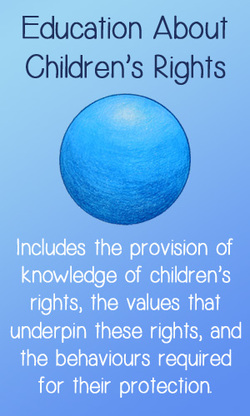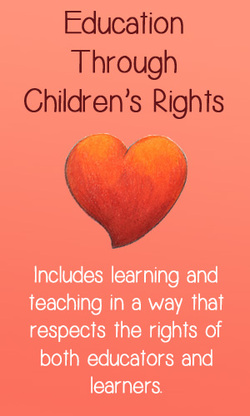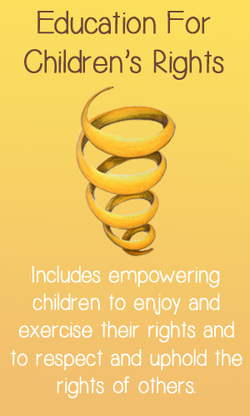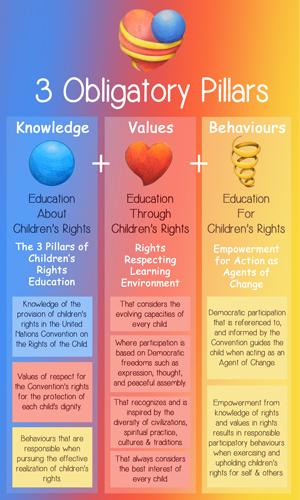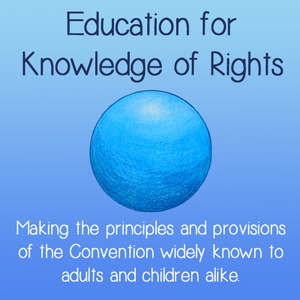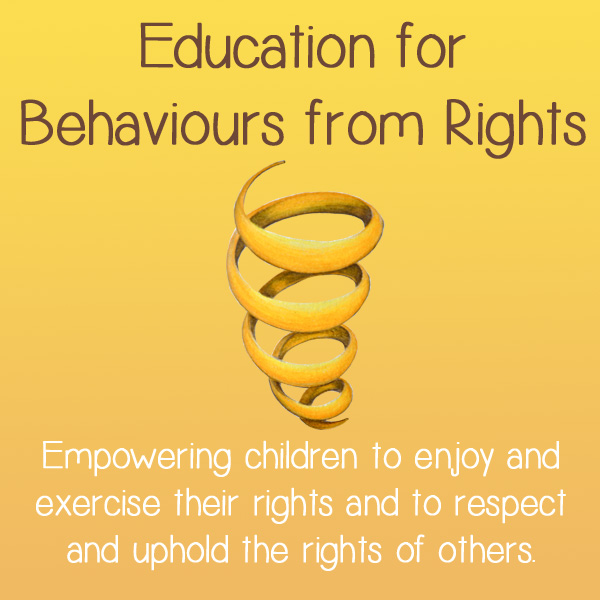|
|
The 3 Obligatory Pillars Slide Show: Click to view A Journey From Promise to Reality Presentation. This presentation outlines in greater detail the obligations we have to fulfill the rights outlined in the Convention for all children. "Dignity is a necessary condition for democracy because citizens require dignity if they are actually to govern themselves." (Ober, 2012) |
One of the Convention on the Rights of the Child's key strengths is that it recognizes that children's rights must be actively understood and promoted by adults and children alike if the promise of Convention is ever to become a reality for all children. In it, Article 42 obligates us to undertake to make the principles and provisions of the Convention widely known, by appropriate and active means, to both adults and children. The active fulfillment of this obligation is to implement a quality children's rights curriculum in every school that is referenced to the Convention that is implemented in a spirit of participation, inclusion, and responsibility. This curriculum must include the following three principles:
The implementation of these three principles creates a safe and enabling environment for the engagement of children as they build and promote a rights respecting culture that is referenced to the 1989 United Nations Convention on the Rights of the Child. See below for more detail:
The 3 Obligatory Pillars Referenced to The Convention on the Rights of the Child:
|

